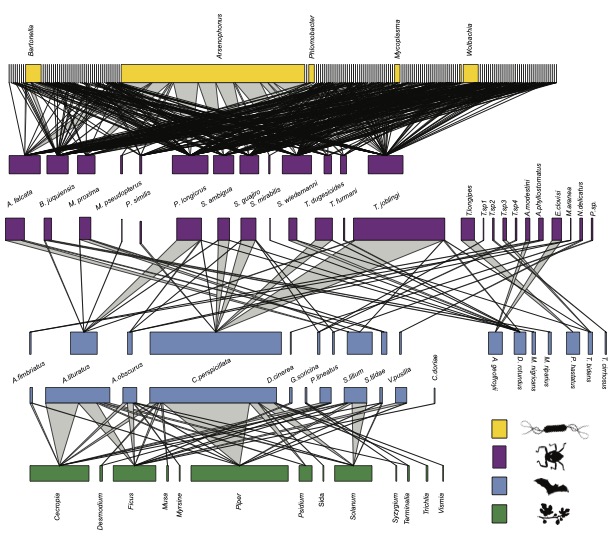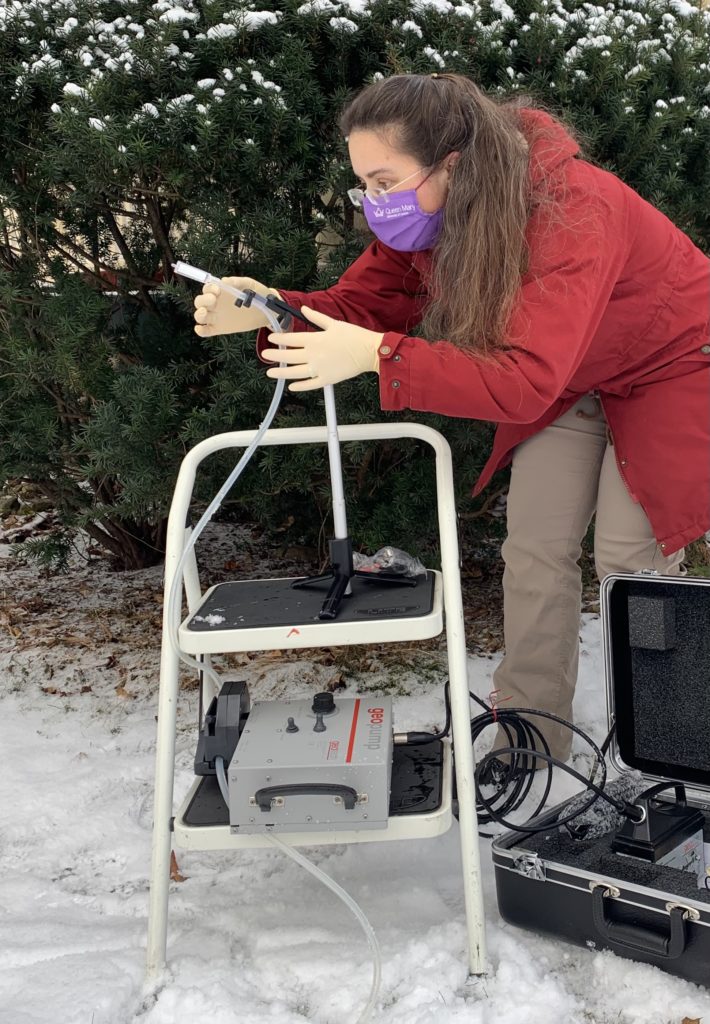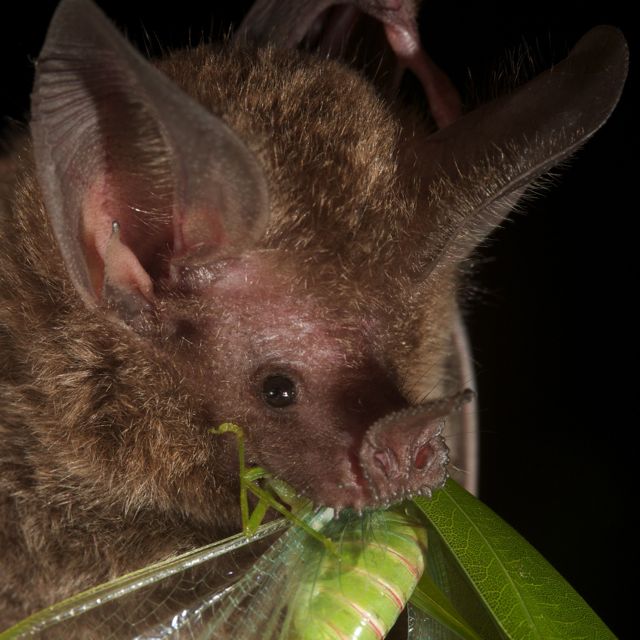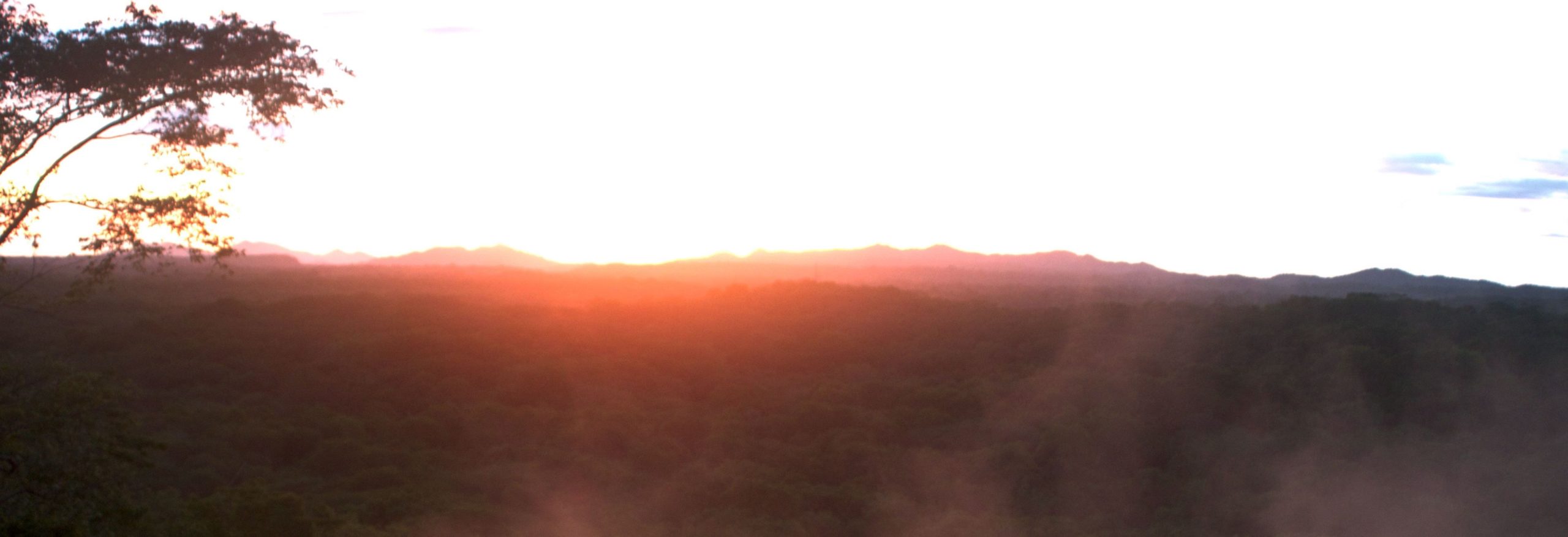
The impact of landscape alterations on species interactions
How do communities partition the available resources and how do these interactions vary in time and space and with changes in the environment?
We use a variety of techniques to track food webs in both tropical and temperate systems using high-throughput sequencing technologies. We have constructed and compared food webs among frugivores, insectivores, parasites and pollinators in both temperate and tropical environments.
We first incorporation DNA into molecular networks here and in doing so found a new form of hunting in nectar bats here and a new form of anti-predator defense and acoustic camouflage here.
In South East Asia we have looked at the response of bats to fragmentation here and here and we have used leech blood meals to compare mammal diversity here. Our work contributed to a large scale analysis in Nature here and reported on here. In the fragmented Brazilian Atlantic Forests we have looked at flexibility of bat diets here and the response of microbiome to forest fragmentation here. In Central America we documented the impact of El Ninio on seed dispersal here and individual insect specializations here.
BIOSCAN & BIOSCAN CANADA
The Clare lab is pleased to join BIOSCAN, a seven-year, $180 million global research program to revolutionize our understanding of biodiversity and our capacity to manage it. Involving scientists, research organizations, and citizens, BIOSCAN will explore three major research themes: Species Discovery, Species Interactions, Species Dynamics.
For more information on BIOSCAN and iBOL visit: ibol.org
BIOSCAN and the Clare lab have received support from Genome Canada and the Transformation 2020 awards. For more information see press release here. To see our preliminary work on symbiomes inspired by BIOSCAN see papers on solitary bees here and here, and on batflies and their microbial parasites here.
In one of our first projects, we demonstrate that global networks of air-quality samplers are collecting eDNA from terrestrial biodiversity and have been quietly doing this for decades. Read the paper here. A treasure trove of data to quantify the dynamics of terrestrial biodiversity. You can read press about this in Wired, Science, Nature, The Globe and Mail, CBC etc.
You can see a video about the development of this technology over the last two years.

Developing New Environmental DNA Technologies
From extracting eDNA from the air to using leeches and dung beetles to collect eDNA and sequencing DNA in a jungle we love using DNA and technologies in new ways. In the Clare lab we are happy to try some crazy ideas to solve problems.... because they just might work!
You can read about our first experiments in ariborne eDNA in the naked mole rat room here, surveying a zoo here and our recent work describing tropical bat communities here and in our first applied use of airborne eDNA for bat roost surveys here. And with collaborators we have looked at eDNA in airborne dust over a full year here.
To hear our work sucking DNA out of the sky listen to the interview on Genetics Unzipped, Quirks and Quarks on CBC, Science Friday or Short Wave on NPR or radio Australia's Future Tense
For a french language TV documentary see coverage on Découverte
To see an interview about our work with airborne eDNA on tv try CTV or a news clip here
Click here to see TV coverage in Mandarin or Cantonese or radio coverage in German
To hear an interview about eDNA try the Naked Scientist podcast (starts half way in)
To hear an interview in french (translated) try Radio Canada - Les Annees Lumiere
To read about leeches as a mammal sampling method see here and dung beetles as a biodiversity sampler see here and eDNA to detect axolotls here.
Our work has also been covered in a video from SciShow and a video report here

Molecular Dietary Analysis
The Clare lab were among the first to use DNA and metabarcoding to perform dietary analysis. We developed many of the early techniques and we have continued to refine these over the last 15 years. We have analyzed the diet of insects, small mammals, reptiles, birds, spiders and even carnivorous plants. Most of our work has been on bats and their insect, fruit and pollen diet.
Our first ever paper on the topic is here
Our recent paper on marine foraging bats and their exposure to mercury is here
An analysis of diet in a lemur community can be found here
An analysis of foraging in aquatic invertebrates can be found here
Some urban ecology of fruit bats can be found here

